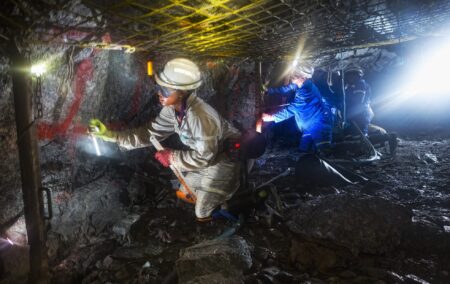Although Eskom has supplied over 110 days of constant power, former Reserve Bank deputy governor Kuben Naidoo (now an executive at Investec) has warned that load-shedding will be reintroduced once the mining industry begins to ramp up production.
“I think half of the reason we don’t have load shedding is because the mining sector is in a deep recession,” Naidoo said.
“If you switch on the mining sector, load-shedding will return, so we still need to continue investing in renewable energy and other energy sources to break that constraint.”
President Ramaphosa has said that the electricity system remains vulnerable, and that “we cannot yet rule out a possibility of further load shedding.”
He urged the new Government of National Unity (GNU) to continue reforming the electricity sector by increasing private participation.
Electricity and Energy Minister Kgosientsho Ramokgopa has also warned that Eskom could suffer setbacks leading to a return to load-shedding.
“We are still working on the reliability of these machines, and that’s why you can’t speak with great confidence that load-shedding is behind us,” he said.
Ramokgopa added that the view that load-shedding is over is a false claim that can’t be substantiated.
Eskom CEO Dan Marokane said that despite the significant improvements recently, they have not revised the forecast shared at the end of April. The prediction was that there would be load-shedding during winter, but it would be limited to stage 2.
Marokane said that Eskom needs to stay below 14,000 MW of unplanned outages to reduce the intensity and frequency of load-shedding.
The likely risk scenario shows that Eskom will have a shortfall of over 2,000 MW in handling demand and reserves.
[Photo: Anglo American]

